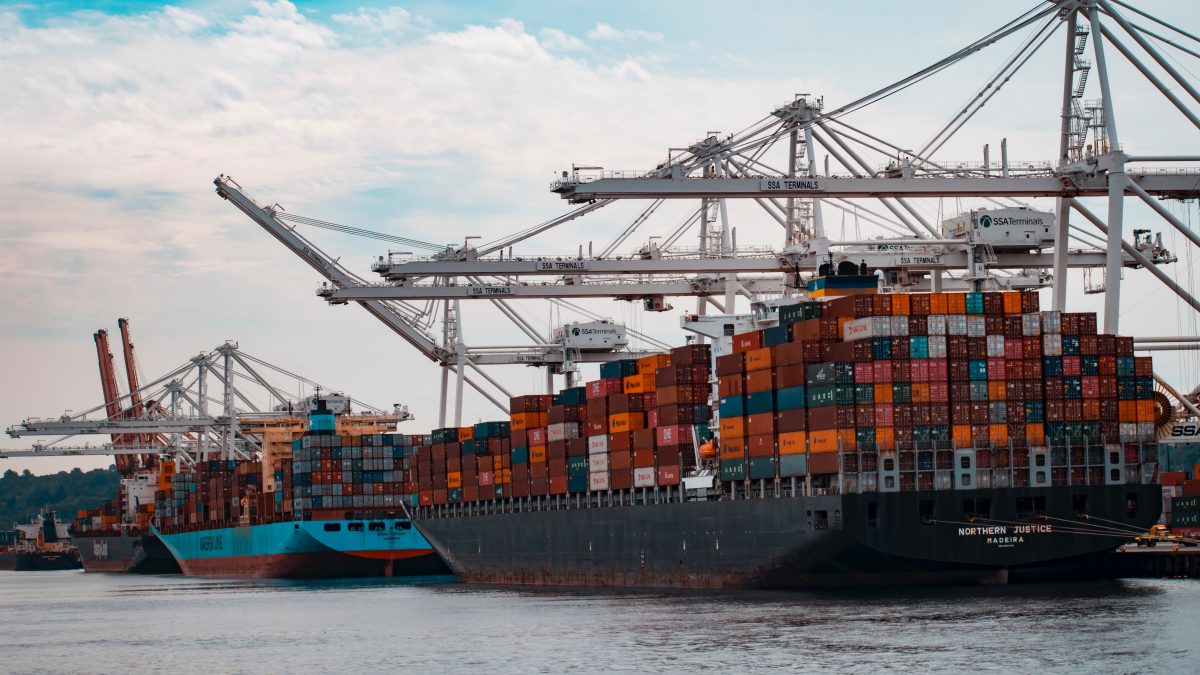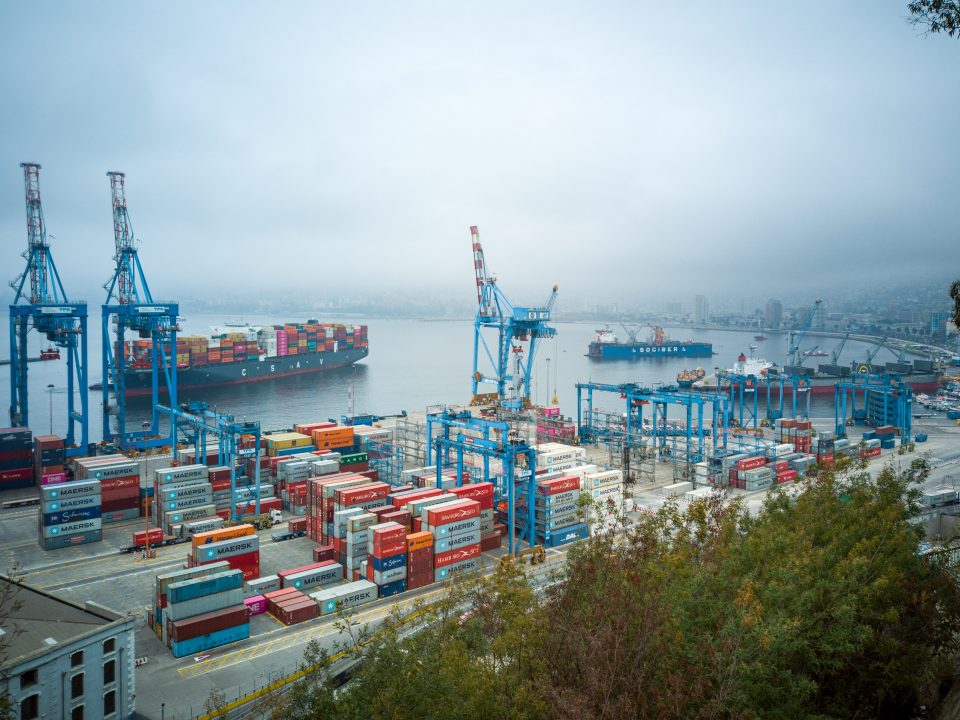Truckload shipping rates can be rather tricky to deal with, especially since they can be difficult to predict. Rates tend to fluctuate due to various factors, and over the past several years, rates have gone up by tenfold. Factors include a number of fundamental issues, such as fuel prices, supply and demand changes, and other uncontrollable factors.
Understanding these factors is necessary for the flow of business operations, especially since truck demand is at the forefront of overall economic growth. All industries need truck transportation, be it housing, inventory restocking, auto production, and so much more. Considering all these, one can deduce why truckload shipping rates are constantly changing.
To learn more about the ever-changing landscape of truckload rates, here are some important factors to consider:
Factor #1: The law of supply and demand
Certain regions have certain demands for full truckload shipments, and these demands change from season to season. The prices for shipments from your area to another region could potentially change from hundreds of dollars up to thousands due to higher demand at a certain time.
If, for instance, certain types of produce in your region are in season, the increase in demand due to exporting could drive the shipment prices up. There will be competition for a limited number of trucks, therefore influencing the price rates to rise. During the offseason, shipping rates will be much cheaper.
Factor #2: Inclement weather and natural disasters
Bad weather and natural disasters such as hurricanes, blizzards, earthquakes, and thunderstorms cause many problems in the trucking and freight industry. These unprecedented events can force shipping companies to drive up prices due to a number of different factors.
For example, the weather may damage certain areas, including highways and other major roads, leaving them impassable to trucks and other shipping vehicles. This forces the drivers to take longer routes, usually requiring extra planning and coordinating to work well. This also forces the trucking and freight companies to use up more time, fuel, and energy, all of which are reflected in the increase of prices.
The increased demand after natural disasters also factors in the increased shipping price rates. There could be a sharp increase in demands for shipping emergency supplies, for example, and this spike in demand again forces competition for a limited supply of trucks. Furthermore, the requests during these times also tend to have a shorter lead time and require quick yet careful planning.
Factor #3: The limitations of trucking regulations
The trucking and freight industry works in a constantly changing environment. New rules and regulations are added regularly, which prompts all stakeholders to adapt as quickly as possible. There are stricter emissions regulations, for instance, as with changing driver hour regulations.
Such rules require companies to purchase new equipment to make way for the changes or reduce the number of hours their drivers can operate. These factors affect the flow of their operations, thereby causing shipping costs to rise.
Working With The Best Pack & Ship Companies
Your business operations rely heavily on the trucking and freight industries, especially since your products need to be shipped for consumer accessibility. It’s non-negotiable, so understanding everything you can about the industry is paramount to your success. This includes efforts to understand shipping rates and the factors that may affect the costs of operations. Keep these factors in mind as you plan your next move!
If you’re on the hunt for freight companies that pack and ship, RJS Logistics is the place to call. We offer you unparalleled services, accommodating a wide variety of commodities. We’ll help transport your produce, beverages, machinery, and so much more. With protective services and other specialized services, we guarantee your quality service and satisfaction. Reach out to us today to learn more.




